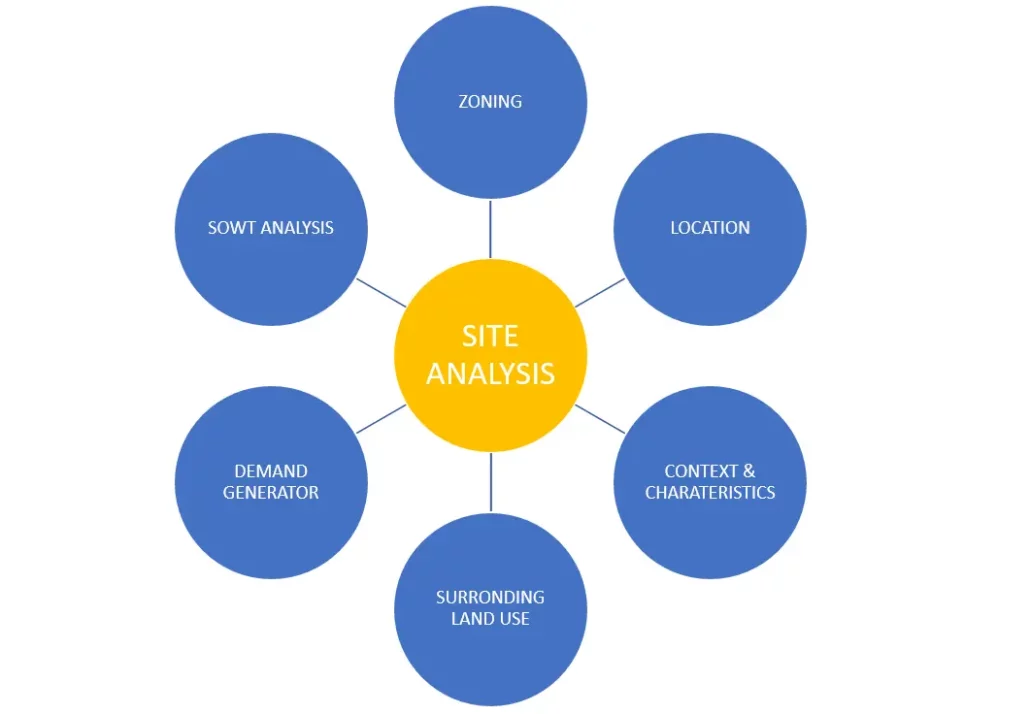Highest and Best Use Analysis
A Highest and Best Use Analysis is an evaluation to determine the use of a property, analyzing whether the property’s current use is the best use, or if a different, more lucrative use can be achieved. This analysis takes into account what is legally permissible, physically possible, financially feasible, and maximally productive for the property. An appraiser will assess zoning regulations, market trends, and the property’s location to determine whether its current use or a potential alternative, such as redevelopment or conversion, would yield a higher value. This analysis can help optimize the value and utility of real estate assets.
The Four Key Criteria
For a use to qualify as the highest and best, it must meet four essential criteria:
Legally Permissible: The use must comply with zoning laws, land use regulations, and any legal restrictions.
Physically Possible: The land or structure must be suitable for the intended use, considering size, shape, topography, and access.
Financially Feasible: The use must be capable of generating enough income or value to justify the costs of development or improvement.
Maximally Productive: Among the feasible options, the one that yields the highest net return or value is considered the best use.
Appraisers and developers apply these criteria in sequence to narrow down the most logical and profitable use of a property.

Importance of Highest and Best Use Analysis
This analysis plays a critical role in property valuation, investment decisions, and land development. For appraisers, it’s a required component of any formal appraisal, especially when assessing vacant land or underutilized properties. Investors use it to identify potential redevelopment opportunities or repositioning strategies. Local governments may rely on this analysis for land-use planning and economic development. Ultimately, the Highest and Best Use Analysis ensures that properties are being evaluated based on their potential, not just their current function.

Examples of Highest and Best Use in Action
Let’s say a single-story retail building sits on a busy downtown corner surrounded by high-rise residential buildings. While the current use may still generate income, an analysis may reveal that the highest and best use is to redevelop the site into a mixed-use high-rise with residential units above and commercial space below—yielding far greater value. Similarly, a vacant parcel of farmland near a growing suburb might be better suited for a housing development, provided zoning changes are possible and demand exists.

Who Uses Highest and Best Use Analysis?
Highest and Best Use (HBU) Analysis is a critical component of property evaluation that serves a wide array of professionals and decision-makers in the real estate, legal, and public sectors. This analysis determines the most financially rewarding, legally permissible, and physically possible use of a property—making it a powerful tool for maximizing value and guiding future development.
Real estate appraisers are among the primary users of Highest and Best Use Analysis. Appraisal standards (such as those set by USPAP) require appraisers to consider the property’s highest and best use—both as it is currently improved and as if it were vacant. This ensures that valuations are accurate, defensible, and reflect the property’s true potential.
Real estate investors and developers heavily rely on HBU analysis to uncover development or redevelopment opportunities. For investors, it helps identify underutilized assets and evaluate whether a property could generate higher returns through rezoning, renovation, or redevelopment. For developers, it guides land acquisition decisions and project planning by identifying the most profitable type of use—whether it’s residential, commercial, industrial, or mixed-use.
Banks and financial institutions use Highest and Best Use studies when assessing risk for lending, especially for construction loans, land development projects, and commercial real estate financing. An accurate HBU analysis reassures lenders that the property will retain or increase in value, minimizing the risk of loan default.

